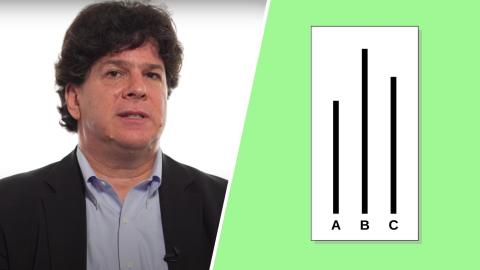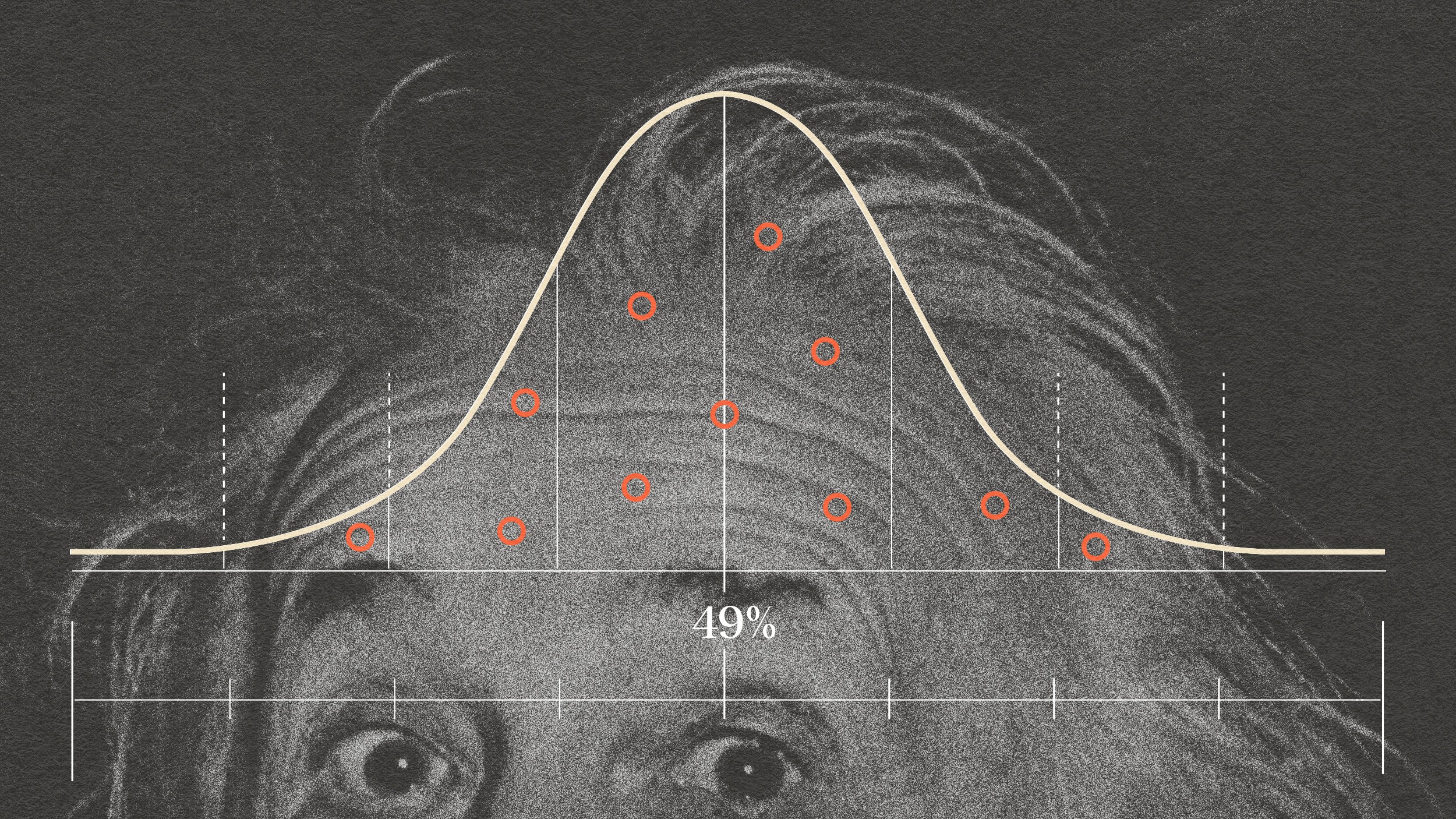Eric Weinstein: We need disagreeable people to fix our dishonest institutions

- Eric Weinstein is a mathematician, economist and managing director of Thiel Capital.
- In a recent interview with Rebel Wisdom, Weinstein spoke about the origins of the Intellectual Dark Web, and his theory of how our institutions are plagued by an “embedded growth obligation.”
- Disagreeable people, Weinstein says, could help institutions correct themselves.
We are living in a fever dream from which we cannot wake up, and it is because we cannot figure out whom to trust, says Eric Weinstein, a mathematician and economist who serves as the managing director of Thiel Capital.
This problem stems in part from two generations’ worth of dishonesty — both subtle and obvious — from society’s accepted experts, many of whom have been corrupted by their institutions’ relentless drive to survive and continue growing, no matter the cost. It’s from this problem, Weinstein suggests, that the Intellectual Dark Web emerged.
In 2018, Weinstein emerged as a prominent figure of the Intellectual Dark Web (IDW), a term he coined, half in jest, to describe a group of individuals from various fields who hold – or at least are inclined to explore – heterodox ideas, mainly through alternative media like YouTube. The members of the IDW don’t all share a political cause, but rather, Weinstein suggests, they share the personality trait of disagreeableness, or a willingness to stick to your beliefs even when it comes at a high cost.
In an interview recently published by Rebel Wisdom, a media group that regularly covers the IDW, Weinstein says this trait isn’t just simple contrarianism – it’s what many of our institutions need to survive the long term. That’s because developed society has long been addicted to “high levels of broadly distributed, stable technology-led growth,” Weinstein says, but that kind of growth can’t continue forever. So, what happens when you deny people the ability to continue on the path to which they’re so addicted?
“That means that you’re set up, potentially for war, for civil unrest, for communism if people try to grab what their neighbor has, or fascism if people try to maintain order at all costs.”
Glitch in the Matrix II, The Origin of the Intellectual Dark Webwww.youtube.com
How did we get here? Weinstein suggests it’s largely due to a phenomenon he calls the “embedded growth obligation.”
“An embedded growth obligation is how fast a structure has to grow in order to maintain its honest positions,” Weinstein says. “If you have a situation in which you have trial lawyers and they’re supported by various associates, and the associates all want to become partners and trial lawyers themselves, then what you have is a situation where the law firm has to grow at a very fast clip if all those people are going to be satisfied with their job decisions. Well, very quickly that ability to grow runs out, and then people want to know, “Why am I stuck in a position going nowhere?”
Since the early 1970s, Weinstein says, this phenomenon has occurred in virtually every field, and it’s helped produce institutions that are more concerned with growth and self-preservation than holding honest positions. The result is an altered incentive structure within institutions: Experts are rewarded for sustaining the institution, not necessarily for being honest or doing the best work in their field.
Individuals – disagreeable ones, in particular – could help save us from this mess.
“Individuals in very small groups are about the only thing that is free of the disease of the embedded growth obligation,” Weinstein says. “And so, the paradox is that the individuals have to save the institutions that are trying to extinguish them, because the institutions don’t want to hear this message. But in fact, if they don’t make use of the tiny number of people functioning as individuals or in small organizations, all of this is going to collapse because it cannot continue along its current exponential path. It’s like Wile E. Coyote running off of the cliff: As soon as he realizes that there’s nothing hold him up, down we fall.”
Weinstein suggests the kinds of people who can help straighten out our institutions are those who’d pass (or fail, rather) two psychological tests:
- The Asch conformity tests: In the 1950s, psychologist Solomon Asch studied the effects of incorrect majority opinion on individuals. You’ve probably heard about it: One unwitting test subject is in a room with a handful of people, all of whom are in on the experiment. The experimenter shows the group a set of lines and asks them to say which ones are equal in length. The answer is instantly obvious. But all of the actors report the wrong answer, and, surprisingly, often the unwitting test subject does too, suggesting that most of us desperately want to conform to the group.
- The Milgram experiment: In the 1960s, psychologist Stanley Milgram conducted a series of experiments on obedience to authority figures. A researcher would ask a participant, who was told he was assisting in an unrelated experiment, to administer electric shocks to another participant (who was actually in on the experiment) in another room. Those getting “shocked” would scream and plea for the experiment to stop. But the researchers would tell the participant to keep administering the shocks, saying things like, “The experiment requires that you continue,” even though, of course, they were free to stop at any point.
 Weinstein says our institutions need people who can stand up to the pressures of conformity and authority.
Weinstein says our institutions need people who can stand up to the pressures of conformity and authority.
“You want people who, when asked to push the buzzer to administer an electric shock, tell the experimenter to buzz off rather than the people who go along with it when they’re assured that they will not be held personally responsible,” he says.
Fixing our institutions is necessary before society can make real progress, Weinstein suggests, and a solution doesn’t lie solely with the left or right.
“Nobody knows what to believe, nobody quite knows what’s true, nobody knows where to turn. This is not a tenable situation. So, either we’re going to descend into some kind of permanent chaos, or there’s going to have to be something that we reboot from, and that thing cannot be simply left or simply right. And that’s one of the reasons the IDW is hopeful to me.”





